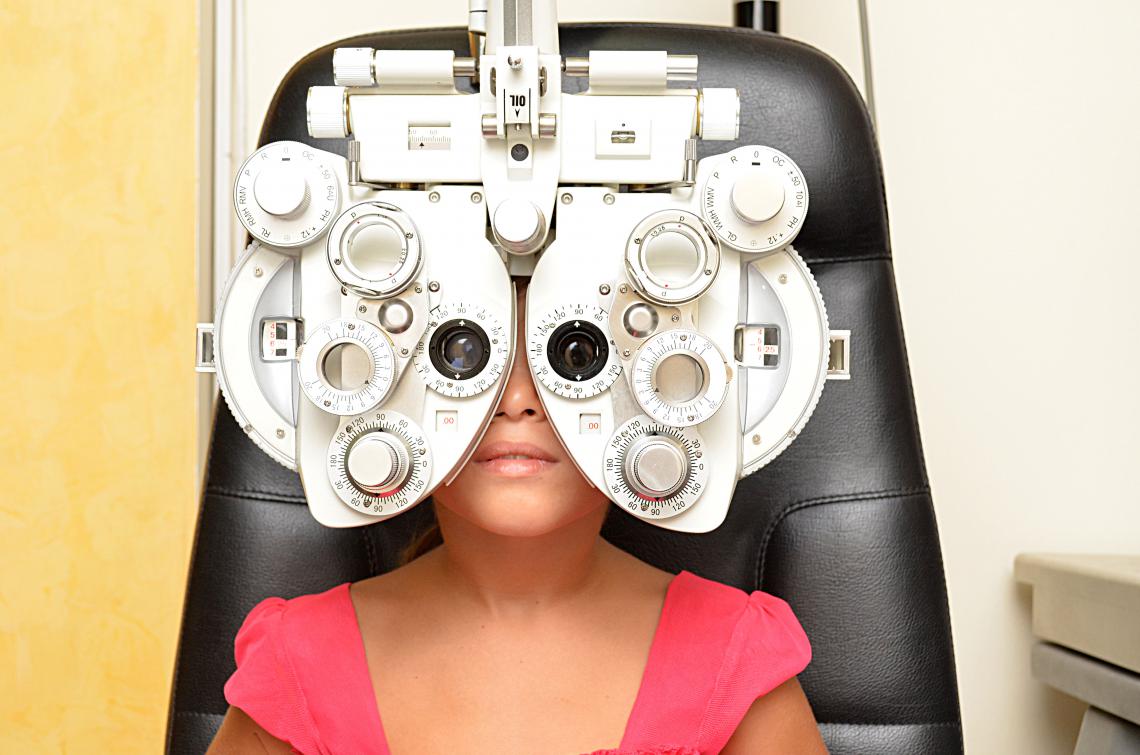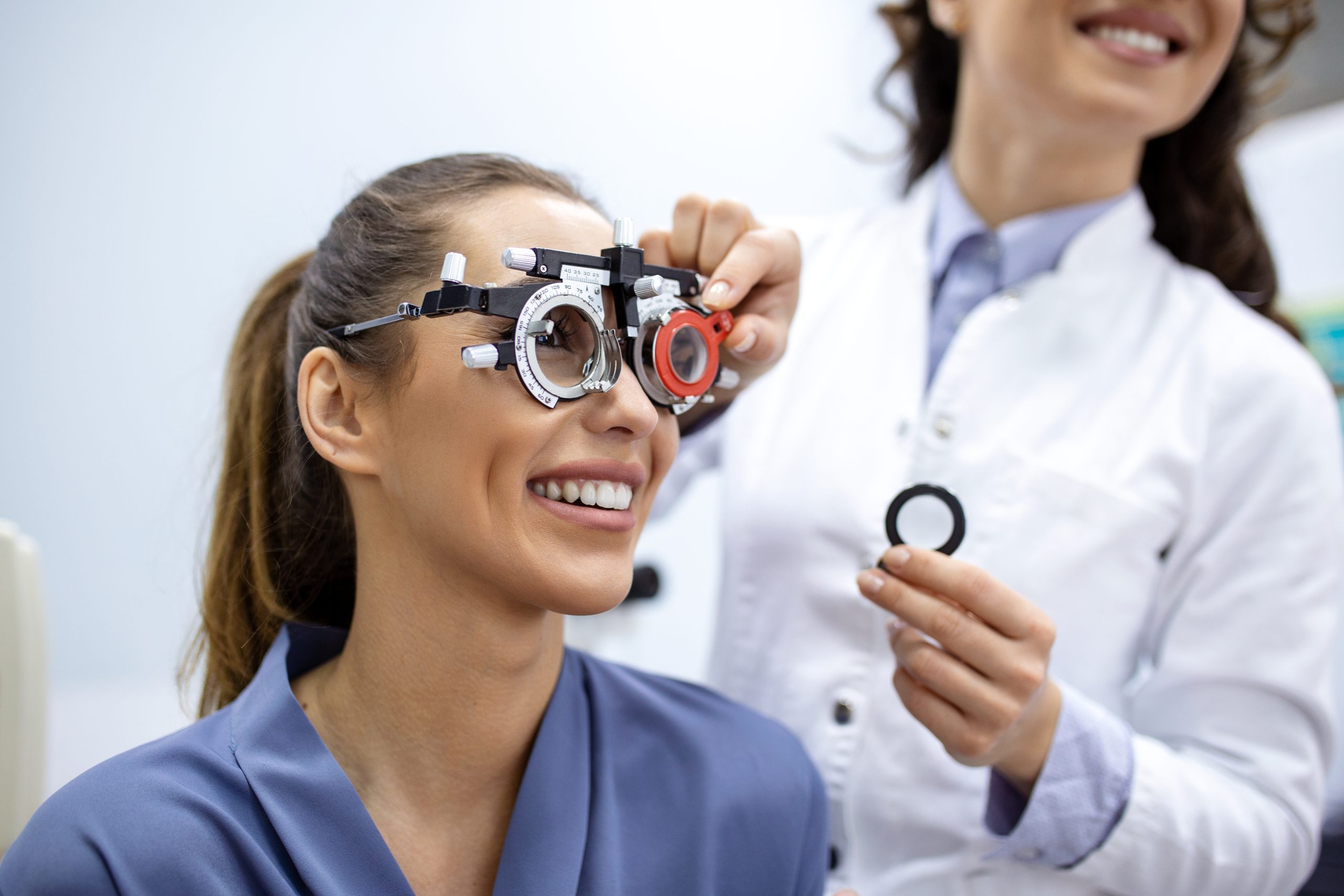The Value of Regular Examinations with an Eye Doctor Optometrist
The Value of Regular Examinations with an Eye Doctor Optometrist
Blog Article
Discovering the current Technological Innovations in Optometry and What They Mean for Eye Doctors
In the ever-evolving area of optometry, recent technical improvements are improving exactly how professionals approach eye treatment. From the precision of Optical Comprehensibility Tomography to the nuanced insights used by AI-driven diagnostic devices, these developments are establishing new requirements in person evaluation and treatment. Teleoptometry is positioned to redefine access, making sure that knowledge transcends geographical restrictions. As these advancements penetrate the technique, optometrists are confronted with the difficulty of embracing these tools to improve individual outcomes. Yet, the concern continues to be: just how will these technological changes redefine the duties and responsibilities within the profession?
Advancements in Diagnostic Equipment
Advancing the field of optometry, innovations in diagnostic devices have actually revolutionized the means eye treatment specialists assess and detect aesthetic problems and eye problems. The past decade has actually witnessed considerable technical developments, allowing more exact and thorough examinations.
Another trick advancement is the intro of innovative corneal topography systems, which map the surface curvature of the cornea with accuracy. These tools are especially advantageous for fitting call lenses and diagnosing corneal conditions. In addition, electronic retinal imaging has changed traditional ophthalmoscopy, supplying in-depth, scenic sights of the retina that assist in comprehensive aesthetic exams.
The advancement of wavefront aberrometry has actually likewise been essential, allowing the analysis of refractive errors with unparalleled precision (Opticore Optometry). This innovation helps in tailoring rehabilitative lenses and improving surgical end results for refractive surgical treatments. Collectively, these diagnostic advancements encourage eye doctors to deliver premium client care, guaranteeing very early intervention and customized treatment approaches, ultimately boosting visual health and wellness results
AI in Patient Management
Structure on the structure of cutting-edge diagnostic devices, the incorporation of man-made knowledge (AI) in patient management stands for a transformative leap for optometry. AI systems are progressively employed to enhance efficiency, precision, and customization in individual treatment. By evaluating large quantities of data, AI can identify patterns and predict possible ocular conditions, making it possible for optometrists to tailor interventions extra successfully. This capability is vital in handling persistent eye illness such as glaucoma and diabetic person retinopathy, where very early discovery and continuous tracking are key.
Furthermore, AI-driven platforms assist in streamlined client interactions and management procedures. Automated scheduling, virtual consultations, and customized follow-up plans not just improve person fulfillment but additionally maximize time monitoring for professionals. These systems can triage patients based upon the necessity of their problems, making certain that those in important requirement receive prompt focus.
Moreover, AI boosts decision-making by supplying optometrists with evidence-based recommendations and treatment pathways. By integrating data from digital health records, AI tools supply insights that notify medical choices, reducing the danger of errors and enhancing client outcomes. As AI continues to advance, its role in person monitoring will likely increase, reshaping the landscape of optometric care.
Advances in Retinal Imaging
In the world of optometry, retinal imaging has actually experienced impressive technical advancements that are boosting diagnostic capabilities and person treatment. Advancements such as Optical Coherence Tomography (OCT) and fundus photography have changed exactly how optometrists evaluate the retina and picture.
Enhanced imaging methods like OCT angiography are further refining diagnostic accuracy. Eye Doctor Optometrist. Such advancements help with the recognition of min retinal changes that can represent disease progression.
In addition, developments in artificial intelligence are enhancing retinal imaging by making it possible for automatic evaluation of large datasets. These systems help optometrists in determining patterns a sign of pathology, consequently improving diagnostic accuracy and performance. Collectively, these developments are changing retinal imaging right into a keystone of modern eye treatment, enhancing outcomes and expanding therapeutic opportunities.
Teleoptometry's Expanding Function
Teleoptometry is progressively ending up being an essential element of eye care, driven by developments in electronic communication and diagnostic tools. As optometry accepts electronic change, teleoptometry assists in remote examinations, important source enabling optometrists to expand their services past standard boundaries. This is specifically beneficial in underserved and country locations where access to specialized eye care is often limited. By leveraging high-resolution video clip conferencing and advanced retinal imaging, eye doctors can perform i loved this comprehensive eye examinations from afar, making sure prompt medical diagnosis and therapy.
The combination of expert system (AI) further boosts teleoptometry, enabling the evaluation of aesthetic data and aiding in the detection of ocular problems such as glaucoma and diabetic retinopathy. AI-powered formulas can swiftly translate intricate imaging data, offering eye doctors with valuable insights that bolster clinical decision-making.
In addition, teleoptometry supports connection of treatment via seamless integration with digital health documents (EHRs), enabling optometrists to preserve detailed individual histories. This makes sure that clients obtain personalized and consistent treatment also when consulting with different practitioners.
In spite of these advantages, challenges remain, consisting of making sure information security and handling individual expectations. Nonetheless, teleoptometry represents a substantial stride towards more easily accessible, effective, and patient-centered eye treatment. As technology advances, its duty is positioned to broaden even more.

Future Fads in Eye Care
A myriad of innovative trends is readied to improve the future of eye treatment, driven by technological innovations and the evolving needs of individuals. One significant trend is the assimilation of expert system (AI) in diagnostics, which assures to improve the accuracy and effectiveness of eye assessments. AI formulas can examine large quantities of data from retinal photos, possibly identifying problems like diabetic retinopathy and glaucoma earlier than conventional approaches.
Moreover, individualized medicine is getting grip in optometry, with hereditary testing educating personalized therapy strategies. This technique intends to maximize individual results by tailoring treatments to specific hereditary profiles. Wearable innovation, such as clever call lenses, is additionally on the horizon, supplying real-time tracking of intraocular pressure or glucose levels, therefore providing continual understandings into ocular and systemic wellness.
The fostering of enhanced truth (AR) and virtual fact (VR) in training and client education and learning is another arising pattern. These technologies supply immersive experiences that can improve understanding and skills both for individuals and eye doctors. As these patterns advance, optometrists have to stay abreast of technological advancements to provide sophisticated treatment, guaranteeing better person outcomes and contentment in the vibrant landscape of eye treatment.
Conclusion

Jointly, these diagnostic developments empower eye doctors to supply exceptional patient treatment, guaranteeing very early treatment and customized treatment approaches, inevitably improving aesthetic health results.

As these technologies proceed to advance, eye doctors need to adjust and include them into method, inevitably enhancing operations efficiency and elevating the criterion of eye treatment provided to clients.
Report this page